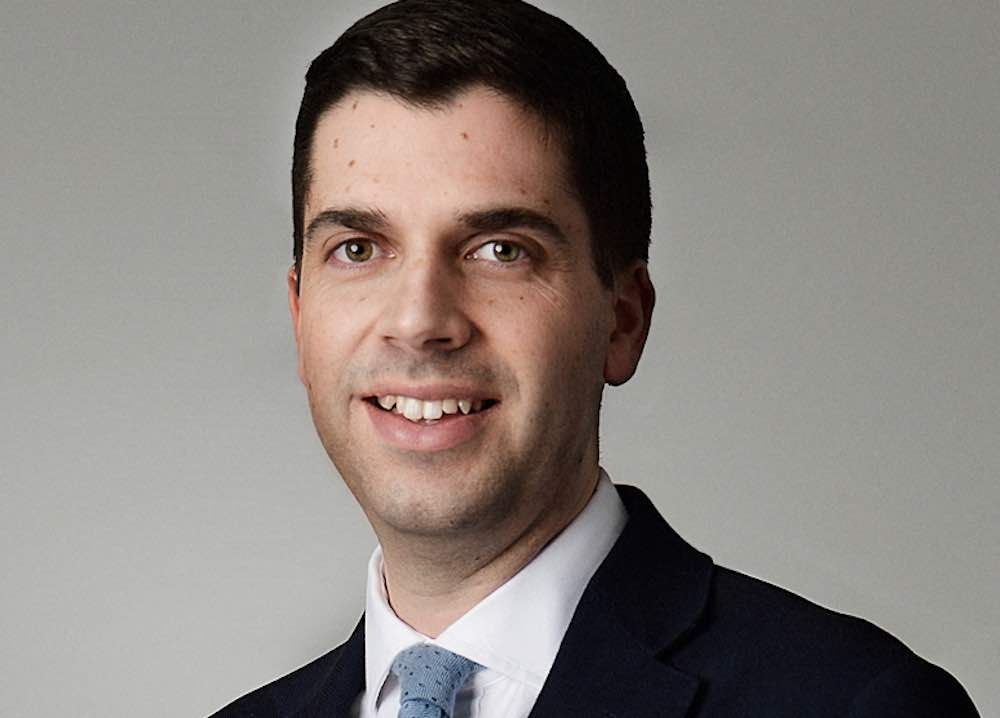
- Home
- News
Curtis Banks hit by 2,500 fall in SIPP numbers

SIPP provider Curtis Banks has reported a modest 4.7% rise in pre-tax profits to £14m as SIPP numbers fell year on year by 2,544.
The number of SIPPs run or administered by the firm fell from 82,224 in 2020 to 79,679 in 2021 despite the firm making two acquisitions in 2020.
The firm blamed a higher attrition rate and the impact of Covid-19 for the fall and said it expected recovery this year.
According to final results for 2021 out today, Curtis Banks revenue during the year rose by 17.5% to £63.3m (2020: £53.9m).
The total number of SIPPs it runs or administers for others fell as the “attrition” rate on own Full and Mid SIPPs increased from 4.6% to 6.1%.
The group admitted it faced “headwinds” due to Covid-19 issues in 2021, particularly at acquisition Dunstan Thomas.
Staff costs for the year increased by 17% to £30.5m (2020: £26.1m). This was mainly due to salary inflation and the full year impact from the acquisitions of Dunstan Thomas of £7.1m (2020: £1.9m) and Talbot and Muir of £2.7m (2020: £0.4m).
Average staff numbers increased to 828 (2020: 698), mainly due to the acquisition of Talbot and Muir and Dunstan Thomas in 2020.
Despite the drop in SIPP numbers the firm said Assets under Administration increased by 15.4% to £37.4bn (2020: £32.4bn) and new Full and Mid SIPPs increased to 4,329 from 3,700 the previous year.
Annual SIPP administration fees increased by 20% in February 2021, with a further 7% increase in January 2022 to annual and transactional charges.
The firm said “progress continues” with the integration of recent acquisitions. Despite Covid-19 “headwinds” Dunstan Thomas “continues to improve customer proposition and revenue diversification,” the firm said.
Pre-tax profit was up by 4.7% to £14m in 2021 but 2020 pre-tax profits were restated at £13.4m after a review of business takeovers and measurement periods made by the firm recently. The proposed final dividend is kept at 6.5p (2020: 6.5p) making a full year payment of 9p (2020: 9p)
The group has continued to push through efficiency plans and centralised offices into one location. It incurred redundancy costs associated due to the “centralisation process” as well as costs associated with duplicated staff efforts while work was transferred between offices. The costs totalled £626,000 in the year ended 31 December 2021 (2020: £1,091,000). No further costs are expected to be incurred in relation to the centralisation in the current financial year.
Will Self, chief executive of Curtis Banks, said: “These are robust results given the Covid-19 headwinds the Group faced in 2021 and are testament to the strengths of the business, its suite of products and our operational teams.
“Dunstan Thomas, which was acquired in 2020, faced some significant challenges resulting from the Covid-19 pandemic which impacted revenue and profitability. However, the integration of the business within the group is progressing well thanks to its contribution to the diversification of intermediary and customer relationships, through the launch of fintech products like Imago.
“The value that Dunstan Thomas delivered to the group is clearly evident and as the macro-economy recovers from Covid-19 we expect significant improvement in the next financial year. Changes made to our pricing policy now mean that 88% of our core revenues recur in perpetuity, with fixed rates of increase providing higher quality revenues that protect earnings against inflation.
“This, alongside the prospect of a rising interest rate environment, provides confidence that we will see additional earnings growth in 2022. There was also a notable decrease in delayed SIPP attrition rates by October, as the SIPP market began to normalise following the phasing out of Covid-19 restrictions, and this has continued into 2022.
“We are maximising the strong organic growth signals witnessed in our core SIPP products and we remain well positioned to deliver our medium-term growth strategy from a more efficient systems platform and a transition to a more diverse retirement solutions group.”
